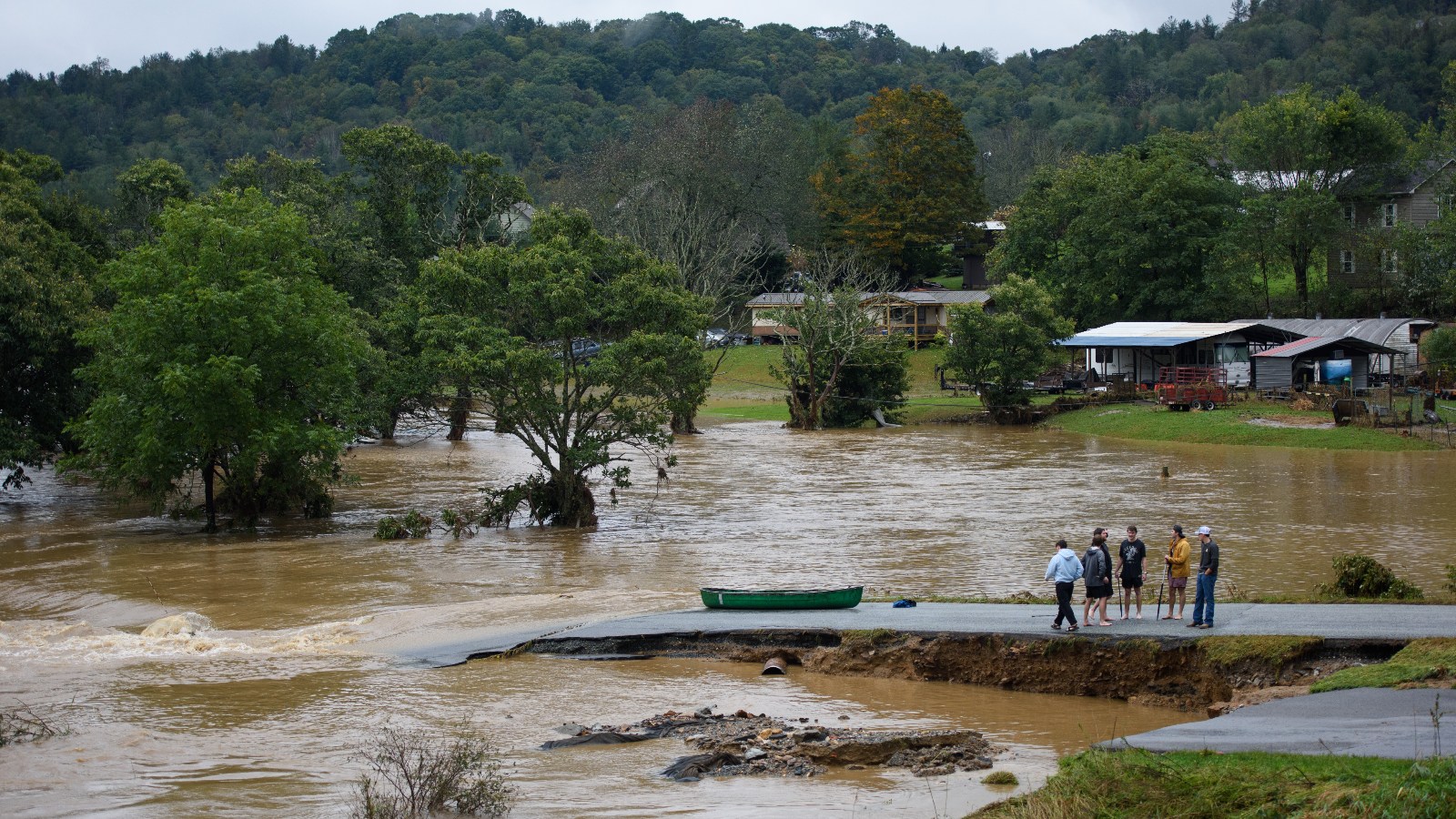The Federal Emergency Management Agency, or FEMA, is known for responding to extreme weather like hurricanes and wildfires — the kinds of disasters that are becoming more intense and common as climate change gets worse. But the agency also has a program that sends billions of dollars to communities, municipalities, and states proactively so that they can prepare for these events before they hit.
In an internal FEMA memorandum obtained and first reported by Grist, the Trump administration announced it plans to dismantle that program — the biggest climate adaptation initiative the federal government has ever funded — even as disasters incur hundreds of billions of dollars worth of damages across the United States. The decision comes as at least seven people were killed this week as tornadoes and catastrophic flooding descended on the central United States in what meteorologists called a once in a generation event.
The Building Resilient Infrastructure and Communities program, or BRIC, was established in 2018 during President Donald Trump’s first term, replacing a similar FEMA initiative. BRIC’s first round of funding was launched in 2020, when Trump was still in office, and in 2023, the program awarded close to a billion dollars to scores of communities, states, and Tribal Nations across the country. In January, before Trump began his second term, the agency opened its fiscal year 2024 notice of funding, with $750 million in matching grants made available to applicants from areas that received a major disaster declaration within the past seven years.
But FEMA now aims to cancel those grants and any other BRIC grants that have not been paid out yet by the federal government, according to the pre-decisional memo dated April 2 from Cameron Hamilton, a Trump administration official who is serving as FEMA administrator until the president appoints a permanent head of the agency.
“Following the Administration’s direction, FEMA is working to … implement the principles of cost efficiency and commonsense to our approaches and investments,” the memo says. The BRIC program generally shoulders 75 percent of the cost of a given resilience project, and up to 90 percent of the cost of projects in disadvantaged communities. The program’s emphasis on equity is what may have marked it for demolition — the Trump administration has been systematically dismantling Biden-era efforts to infuse equity into governmental programs and direct more climate spending toward underrepresented groups.
FEMA employees disputed Hamilton’s argument in the memo that BRIC grants “have not enhanced the level of hazard mitigation as much as desired.”
“I don’t know where that came from,” said one agency employee who preferred to stay anonymous.
According to a source within the agency, the Trump administration asked BRIC staffers to offer justification for the program and its Direct Technical Assistance sister initiative, which offers non-financial support to help communities navigate the BRIC funding process and identify the hazards they face. The request was made on Tuesday this week with a Wednesday deadline.
With a tight turnaround, staffers offered success stories from across the country. BRIC awards have helped communities bury power lines, protect wastewater facilities from being inundated by flooding, build culverts, and upgrade power stations. If the draft memo takes effect and BRIC is frozen, communities will no longer be able to apply for the grants for fiscal year 2024 made available in January. Projects that have been selected in past years but not yet disbursed funds will no longer receive payment. Partially completed projects will be scrutinized and reviewed, the memo said.
“The administration now has one of FEMA’s most effective grant programs on the chopping block,” said Shana Udvardy, a senior climate resilience policy analyst with the Climate & Energy program at the Union of Concerned Scientists. “It’s oversubscribed almost every single year.” In fiscal year 2023, FEMA received more than 1,200 subapplications across all 50 states, 35 tribes, five territories, and Washington D.C. totaling more than $5.6 billion in requests. It was able to provide less than a fifth of the money requested.
A looming question is whether FEMA can yank grants that are being funded with money appropriated by Congress. The 2021 Infrastructure Investment and Jobs Act, also known as the Bipartisan Infrastructure Law, allocated approximately $6.8 billion to FEMA for community-wide mitigation efforts, with a portion of this funding directed to the BRIC program. “If this administration does away with the program, it goes against a law that Congress passed,” Udvardy said, “so there’s a concern there to be raised.”
Source link
Zoya Teirstein grist.org


